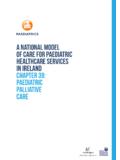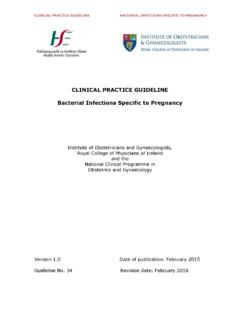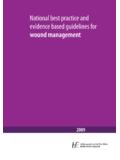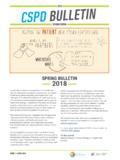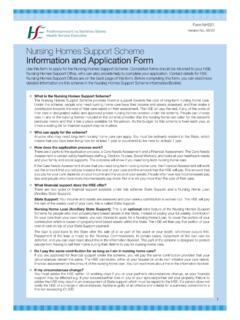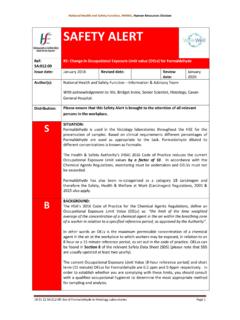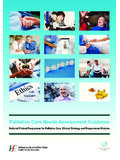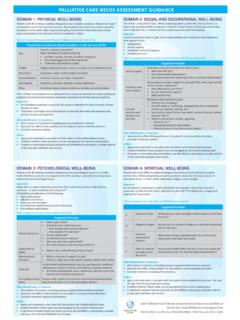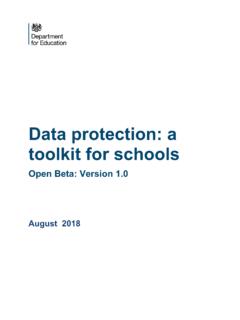Transcription of Healthy Eating Policy Toolkit For Primary Schools
1 Healthy Eating Policy ToolkitFor Primary SchoolsSupporting Wellbeing in SchoolsHealthy Eating Policy Toolkit2 Healthy Eating Policy Toolkit3 ContentsContents3 Why have a Healthy Eating Policy ?5 The Process6-8 Policy Template9-11 Audit *12-15 Childrens Survey *16 Parents Letter *17 Parents Feedback18 Staff Questionnaire *19 Policy Review Checklist20 Healthy Rewards21 Healthy Events22 Healthy Eating Resources for Schools23-26 FAQ Section27-30*Available in electronic format on Eating Policy Toolkit4 Healthy Eating Policy Toolkit5 Why have a Healthy Eating Policy ?This Toolkit has been developed to guide and support Schools to either develop and implement a new Policy or to review and improve an existing Policy . A Healthy Eating Policy enables Schools to develop and maintain a shared philosophy on all aspects of food and drink, including: Developing consistent messages about Healthy Eating across the curriculum.
2 Ensuring consistency between the messages within the curriculum and food available in the school . Ensuring food provision at school is in line with Healthy Eating guidelines breakfast club, school meals, water consumption. Creating a positive Eating environment, both social and physical, at Toolkit will help Schools work on the following statements of effective practice outlined in the Department of Education and Skills Wellbeing Policy Statement and Framework for Practice 2018-2023. The school environment is conducive to promoting Healthy Eating choices. Drinking water is freely available and rewards other than food are used to motivate children and young people. The wellbeing of the whole school community is central to the school s ethos/mission statement and school leaders and management actively promote wellbeing. Opportunities are provided for children, staff and parents to have an active voice in decisions relating to school improvement.
3 Teachers use opportunities to promote wellbeing across the Eating Policy Toolkit6 THE PROCESSWhen developing or reviewing your Healthy Eating Policy we suggest you work through the following Getting Started2. Get your team together3. Audit of current practice4. Draft an initial Healthy Eating policy5. Consult the whole school community on the draft policy6. Finalise the policy7. Communicate the policy8. Implement the policy9. Evaluation and reviewHealthy Eating Policy Toolkit71. Getting StartedDiscuss the concept of a Healthy Eating Policy with key stakeholders in your school Board of Management, Principal, Management Team, Staff. 2. Get your team togetherThe team should consist of approximately six members including representation from children, staff, and parents/carers. Where appropriate, food providers may be Audit of current practiceConduct an audit of current practice in relation to food and drink in your school .
4 This will help you decide what needs attention. You can use the audit provided in this Toolkit or create your own. Audits can provide a baseline against which progress, can be monitored at a later date. In addition, if you wish children and staff can complete the surveys included in this Toolkit . 4. Draft an initial Healthy Eating policyFrom the audit you will see what is working well and what requires a bit more attention. Try to word the Policy in a positive and supportive way, aiming to create an environment conducive to promoting Healthy Eating choices rather than focusing on banning foods. Try to keep the Policy realistic and achievable and decide who is responsible for implementing each aspect of the Policy (see template for a Healthy Eating Policy page 9-11). 5. Consult the whole school community on the draft policyThe draft Policy should be made available to all stakeholders.
5 They should be invited to comment and to add to the Policy with all feedback being returned to a named individual, by a certain date. This Toolkit includes a sample letter to parents and consultation questionnaire. Also consider discussing the Policy with each class and having a comment box for children and staff. 6. Finalise the policyThe team should meet, in order to review all the feedback and modify the Policy in light of appropriate suggestions and comments made. The Policy should include an acknowledgement of who was consulted during its development and the date it was finalised. 7. Communicate the policyThe Policy should be circulated annually, to relevant groups including: Parents and carers, staff and children. Groups that use the school including after school clubs. Other local Schools , as families may have children attending these communication of the Policy to parents of future pupils also need to be planned at this stage.
6 Consider having a champion for your Policy . Choose an enthusiastic member of the school community, someone who can promote and drive the Policy . The school may also like to celebrate the introduction of the Policy . Healthy Eating Policy Toolkit88. Implement the policyA written implementation plan will help ensure the success of the Policy . It lets people know what is expected from them in terms of implementing it. Ensure that the training and resources identified in the Policy are available. This Toolkit includes signposts to resources that can support implementation A guide to Healthy celebrations and rewards to support your Policy . Directory of Healthy Eating education Evaluation and reviewIt is good practice to evaluate your Policy every 2 years. This Toolkit contains a Policy Review checklist that you can use or you can repeat the audit and surveys from step 3.
7 You can adapt the Policy based on what worked well and what did not work well and add new ideas. Do not be afraid to Eating Policy Toolkit9 Policy TEMPLATEThis is an outline of some possible content to consider for your Healthy Eating Policy . This is not a sample Give the Healthy Eating Policy a title. Rationale Include a brief (realistic) mission statement/context. Outline how the Policy was developed and who was involved. Refer to key documents that were relevant to developing and guiding this Policy Team List names of the team that developed the what the school hopes to achieve by having a Healthy Eating Policy , for example: To take a whole school approach to Healthy Eating in school , in relation to: the Culture and Environment, Curriculum (Teaching and Learning), Policy and Planning, Relationships and Partnerships. To promote Healthy Eating across school life, consistent with national Healthy Eating guidelines and school curriculum To ensure that food provision in school reflects the ethical and medical requirements of staff and pupils, religious, ethnic, vegetarian, medical and allergenic needs.
8 To make the provision and consumption of food an enjoyable and safe how the aims listed above could be addressed through the following objectives, using the key areas of the Wellbeing Promotion process (Culture and Environment, Curriculum (teaching and learning), Policy & Planning and Relationships and Partnerships.) Consider the results of any surveys conducted with parents, students and staff and prioritise the main points. Once the Policy is established, more points could be added when it is next Eating Policy Toolkit10 Culture and EnvironmentLooks at Healthy Eating from a physical and social perspective. Some prompts to consider: Packed lunches, availability of drinking water, where food is eaten (for staff and students). Breakfast clubs/after school clubs. Time allowed for Eating balance of Eating time and social time.
9 Promotion of non-food rewards. Less focus on food at school events Consistent messages in all school celebration events. Culture of Healthy Eating encouraged and positive modelling by adults in (Teaching and Learning)Covers what we learn about food, some prompts to consider: What will be covered in the curriculum SPHE, Science etc. What resources will be used for teaching and communicating with parents. How external agencies will support us, in line with the guidelines in Department of Education and Skills Circular 0042 and PlanningSome prompts to consider: Plan SPHE on Healthy Eating at similar times across class groups Ensure external meal providers adhere to Healthy Eating guidelines. Introduction of the school milk and PartnershipsCovers with whom Schools work and communicate. Some prompts to consider: Parents Association events.
10 Communication with parents/staff on the Healthy Eating Policy materials. External partners that support school curriculum sporting partners, etc. After school activities in Schools Local shops, MeasuresThese could include some key measures to indicate how the Policy will be implemented, Healthy Eating covered as outlined in the SPHE curriculum outcomes. Staff attending professional updating/training. Increase in non-food rewards during school and decrease in food rewards. Proportion of lunchtime given to social Eating Policy Toolkit11 CommunicationConsider: Has the Policy been ratified by the Board of Management? How and when will you communicate the Policy to the whole school community? Will you display the Policy around the school ? Include in a school newsletter/website? How will you communicate with new students and staff joining the school ?
